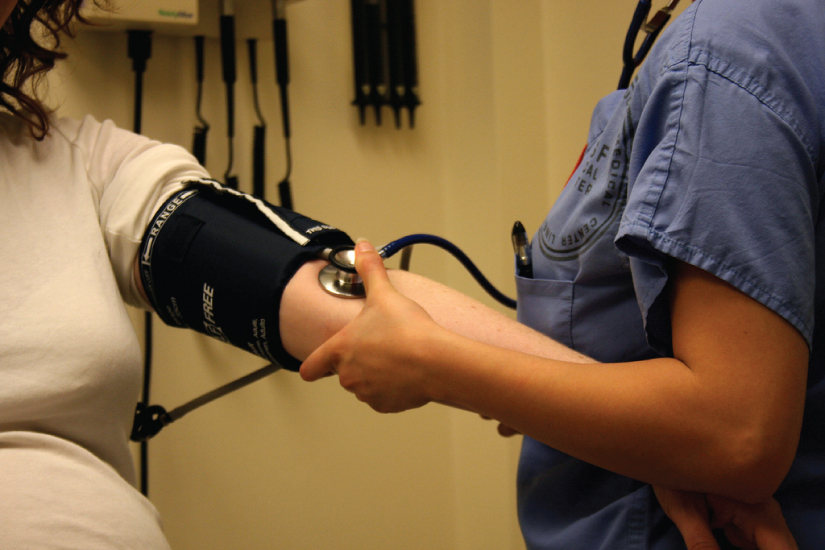
|

1.1 An introduction to the human body Read Online
1.2 The chemical level of organization Read Online

After studying this chapter, you will be able to:
Though you may approach a course in anatomy and physiology strictly as a requirement for your field of study, the knowledge you gain in this course will serve you well in many aspects of your life. An understanding of anatomy and physiology is not only fundamental to any career in the health professions, but it can also benefit your own health. Familiarity with the human body can help you make healthful choices and prompt you to take appropriate action when signs of illness arise. Your knowledge in this field will help you understand news about nutrition, medications, medical devices, and procedures and help you understand genetic or infectious diseases. At some point, everyone will have a problem with some aspect of his or her body and your knowledge can help you to be a better parent, spouse, partner, friend, colleague, or caregiver.
This chapter begins with an overview of anatomy and physiology and a preview of the body regions and functions. It then covers the characteristics of life and how the body works to maintain stable conditions. It introduces a set of standard terms for body structures and for planes and positions in the body that will serve as a foundation for more comprehensive information covered later in the text. It ends with examples of medical imaging used to see inside the living body.
Question: _______________ is absorbed in the proximal small intestine (jejunum) and ___________ is absorbed in the distal small intestine (ileum)
Choices:
B12, Folate
Folate, B12
Question: Intrinsic factor (IF ) is secreted by what organ?
Choices:
Liver
Small Intestine
Pancreas
Kidney
Large instestine
Question: If both B12 and Folate are decreased , then generalized malabsorption is occurring in the small intestine. True/False
Choices:
True
False
Question: Which of the following is false regarding exocrine pancreatic insufficiency (EPI)?
Choices:
Maldigestion
Normal protein levels
Weight loss and voluminous poorly formed stool
Malabsorption
routine blood work may not be helpful for diagnosing
Question: I will not forget on the capstone exam that Cats with EPI may mimic generalized malabsorption because the B12 and folate decrease in both diseases.
Choices:
True
False
Question: What test is most sensitive and specific for Exocrine pancreatic insufficiency (EPI)?
Choices:
PLI
Fecal Fat
Fecal occult
TLI
CBC and Bio Chem Panel
Question: _______________ is intestinal disease associated with severe hypoproteinemia, weight loss, and voluminous poorly formed stool.
Choices:
Maldigestion
Malabsorption
Question: Bacterial overgrowth (increased Folate levels) is a common sequela to EPI in dogs. True/False
Choices:
True
False
Question: Dogs with EPI generally have >5.0 ug/L TLI test result. True/False
Choices:
True
False
Question: On a fecal fat test, Direct mixing of Sudan and feces positive result = _____________________. If the Direct mixing is negative, then add acetic acid and heat for a positive result =_______________________.
Choices:
On a fecal fat test, Direct mixing of Sudan and feces positive result = undigested fat (digestion problem) If the Direct is negative, add acetic acid and heat for a positive result = digested fat (absorption problem)
On a fecal fat test, Direct mixing of Sudan and feces positive result = absorption problem If the Direct mixing is negative, add acetic acid and heat for a positive result = digestion problem
Question: Melena is an indication of bleeding in the lower GI tract. True/ False
Choices:
True
False